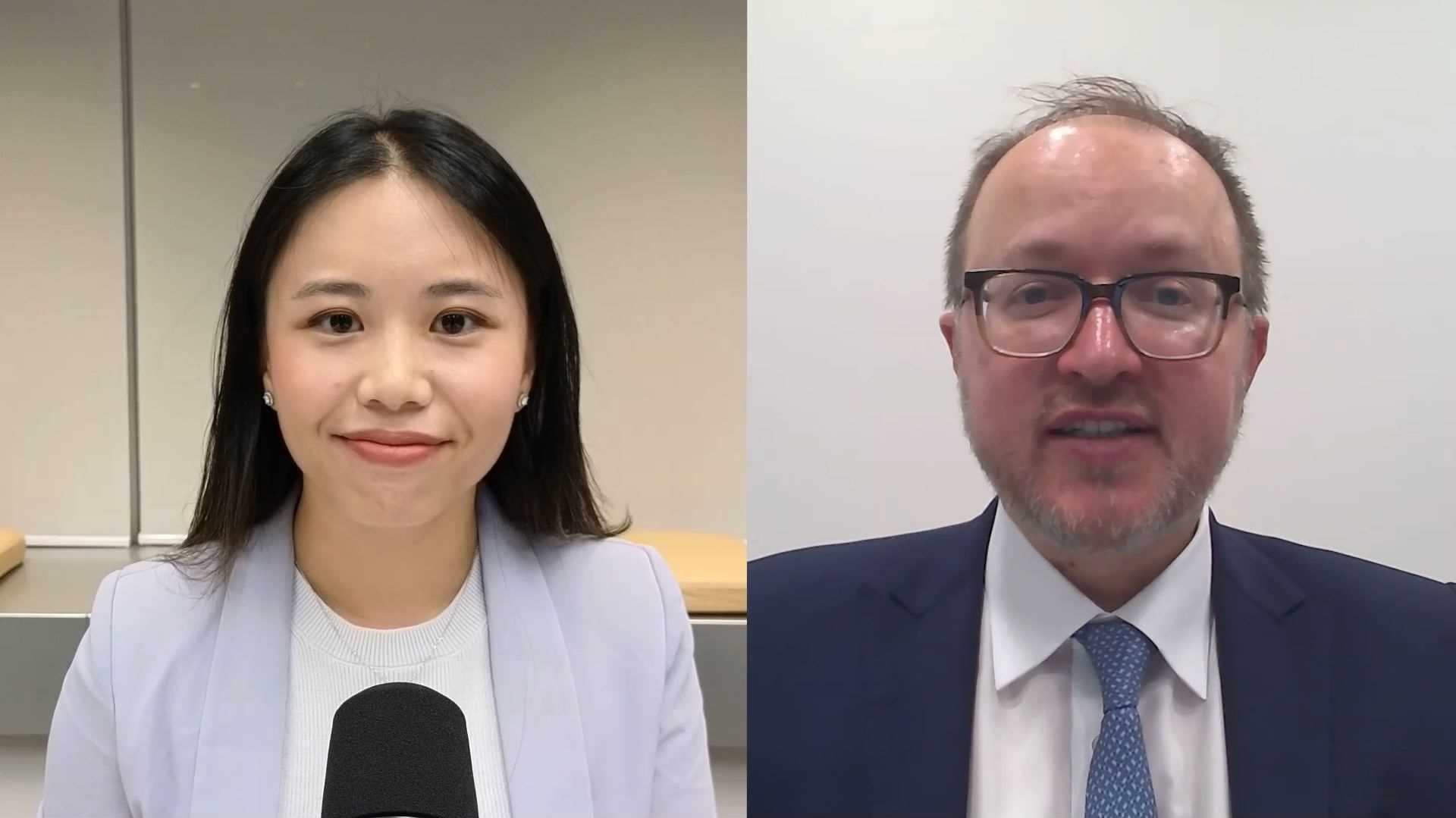
Thematic funds typically come with a good (and oftentimes topical) investment story, often capitalizing on well-publicized macro or micro trends that claim to transcend business cycles. Some of these are legitimate, others, less so. Themes include the increasing adoption of robotics and artificial intelligence, electric vehicles, genetic research, or demographic shifts. They could also include cannabis, cryptocurrencies, or the metaverse.
But, sometimes, a good story is the best thing a fund has going for it, and a good story does not necessarily make a sound investment.
Today, we examine the thematic fund universe in Hong Kong. There are a total of 77 unique thematic strategies available to Hong Kong investors. While 59 funds remain alive as of June 2022, the 18 terminated strategies was either merged with other strategies or liquidated.
Do thematic index trackers manage to ride through market cycles better than their active peers? Our sample of liquidated passive funds was a grand total of two, and thus is not indicative of any trend that can help answer the question. What’s true, though, is that most surviving passive thematic funds are recent launches and all of them were listed after 2016.
Below is a snapshot of the oldest surviving thematic funds. All the passive funds in this list made their debut in the 2010s. At the time of their listing, the themes focused on either China or technology. Five of them have an even narrower foray – China internet.
Comparatively, Hong Kong market has a longer history with active thematic funds as most of the oldest ones came to the market in the 1990s and early 2000s, with themes focused on consumer spending trends and energy transition. The oldest we can find in the Hong Kong market is the Fidelity strategy that came to the market three decades ago.
An Unsteady Growth in Assets
The below charts plot the changes in assets under management for the active and passive survivors. Five active survivors are in the US$1 billion AUM club.
With investors’ fervour amid a pandemic rally, sustainable investing and consumption themes garnered strong inflows. Among them, BGF Sustainable Energy peaked at a size of US$8.3 billion. But the influx of money has moderated in recent months, bringing its fund AUM down to US$7.0 billion as of the end of May. The fund remains a mega-sized strategy. A caveat was that the fund experienced a similar scale of rise in size in 2007 prior to the Global Financial Crisis that melted down the global capital markets. Like other peers, it rode on a boom in thematic investing since 2020 and reset a new high of its AUM.
In more recent times, as the whole market retreats, thematic funds face as much setback as others. Larger funds like Fidelity Global Thematic Opportunities and Pictet Digital saw a massive capital exodus and corrections in their underlying holdings, shrinking to a size smaller than two years ago.
Passive thematic funds were of a much smaller scale, with the US$350 million Global X China Clean Energy ETF being the largest. Unlike active strategies, a trend of inflows was not apparent.
Do Themes Beat the Market?
Regardless of reasons, thematic funds survive and continue to entice investors who want to make predictions and put their money in the latest shiny trend. But are there market-beating themes?
The graph below plots the three-year rolling period (shifted every year) and calculated on a U.S. dollar basis. In the longest-surviving thematic fund groups, long-term outperformers are proved to be a rare find. Take the best performers in the most recent three-year period, abrdn Global Innovation Equities and BGF Sustainable Energy both beat the U.S. broad market equity benchmark, S&P 500 Index. But the outperformance was not sustainable. The abrdn fund has been through a trough lasting between 2012 and 2018 before it emerged with a market-beating return.
Such was the case for the Blackrock fund too, which experienced a even longer and deeper underperformance. Even though they share an energy transition theme, the return trajectory of Invesco Energy Transition Fund differs in a very large extent, generating a negative excess return of over 30% in the most recent period.
Conclusion: Do Your Homework
Whether you’re looking at an actively- or passively-managed strategy, our analysts advise investors to exercise caution with themes, and do their homework before buying. “Investors in thematic funds are making a trifecta bet: The theme must play out as expected, the companies in the portfolio must benefit significantly from the trend, and the investor must buy in at the right price. The odds of winning this bet are low, but the payout can be high,” says Lan Anh Tran, an associate manager research analyst for Morningstar.
The due diligence should not stop at betting which themes are going to stay relevant for the long haul. Investors should also know that long-term trends don’t always play out as expected. The internet boom dating back to the late 1990s was one example that a right story (of how Internet could fundamentally upend our lives, in this case) did not end up being good investments.
“What matters is growth relative to the market’s expectations, not the absolute level of growth. It is difficult to forecast the impact of a trend on businesses more accurately than the market. Doing so requires more than just an understanding of the macro story, but also understanding what the market is currently pricing in and how the competitive landscape might evolve,” concludes Alex Bryan, director of passive strategies for North America at Morningstar.













.png)


.jpg)





